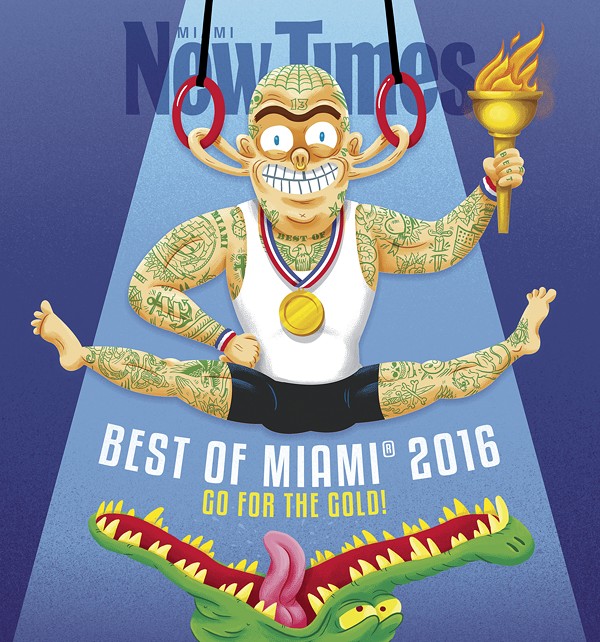It used to be that hamburgers got to have all the fun while hot dogs watched from the sidelines. But that was then, and this is now, and ketchup, mustard, and relish are no longer the only ways to jazz up a frank. At 41st Street Deli, the King Dog ($12, not on the regular menu) features two all-beef hot dogs accessorized with fatty beef bacon and served on a warm and crispy French baguette with a side of sauerkraut. The baguette makes all the difference, and naturally, two juicy dogs are better than one. Despite its name, this miniature kosher deli is tucked away in an alley running parallel to the main thruway, behind Ocean Bank. Practically everything is made in-house, and the pulled brisket sandwich is the most popular item ($16). The well-seasoned meat is braised for 12 hours and comes packed onto a hot baguette. It doesn't need any accoutrements, but you won't regret adding guacamole, mustard, and sriracha. Your best plan of action is to bring a friend and share the King Dog and pulled brisket sandwich. It's a win-win. Seriously.
Best Hot Dog
41st Street Deli
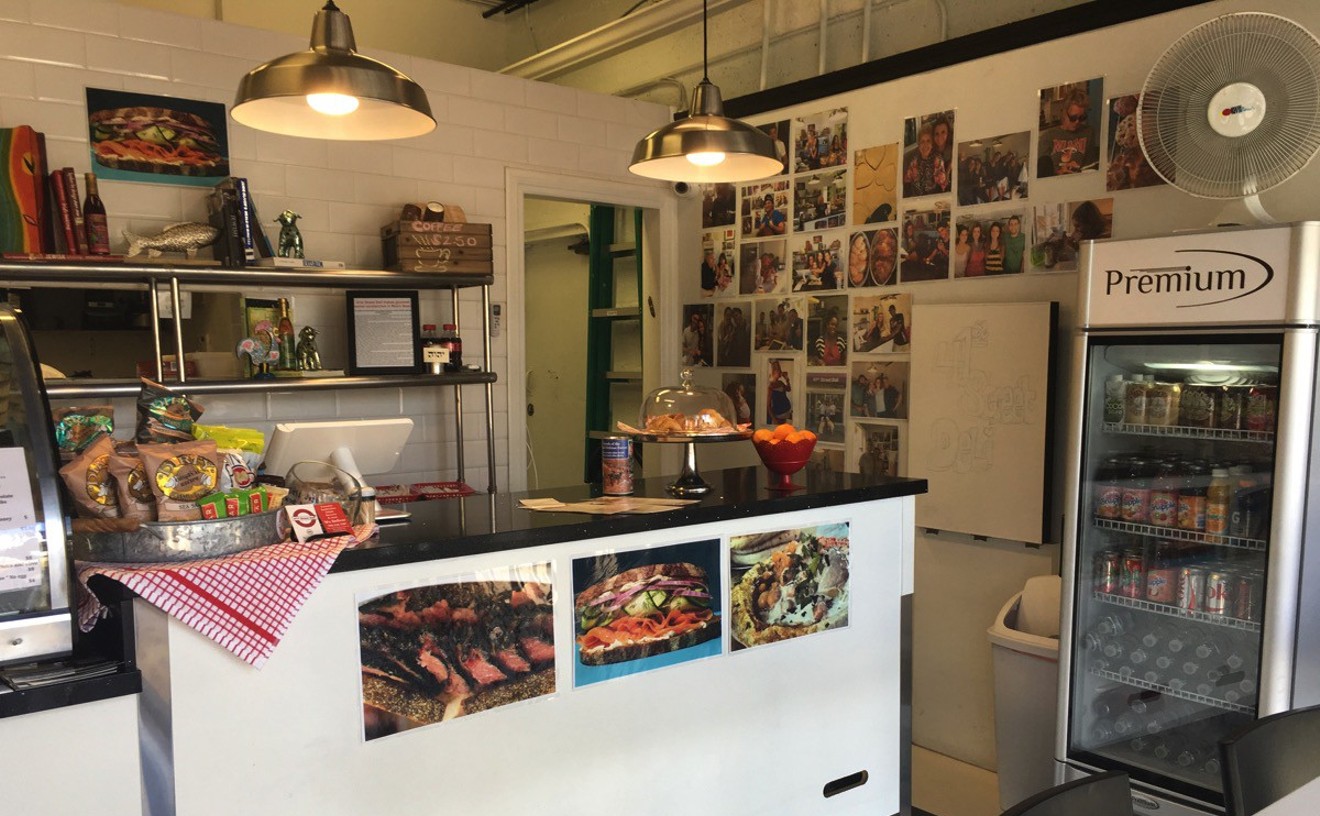
- 509 Arthur Godfrey Rd., Miami Beach, 33140 Map
- 786-216-7397
- www.41ststreetdeli.com
Best Pizza
Visa-O1
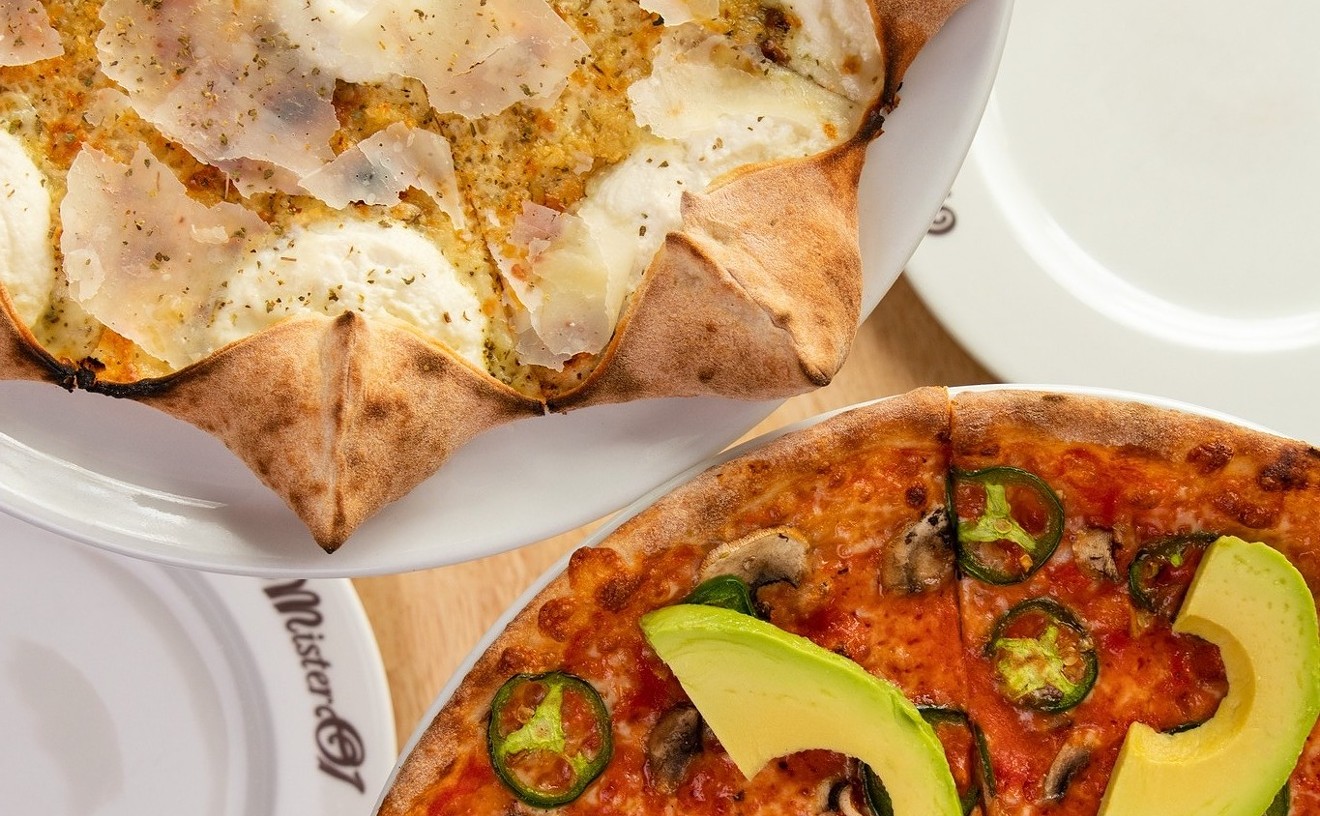
Visa-O1's owner and head pizzaiolo, Renato Viola, is proudest of the thin pie sprinkled with Gorgonzola, honey, coffee grounds, and spicy salami ($16.90). Yet the 34-year-old presides over a stable of stunning creations that put all of Miami Beach's gummy, industrial-tasting versions to shame. His masterworks are star pizzas that come flecked with spicy salami ($14.90) and a vegetarian iteration layered with paper-thin shreds of eggplant and zucchini. The crusts are folded back and filled with milky ricotta that leeches onto the pie as it crisps in an imported Cuppone oven. This pie's roots trace to an epic international pizza-making competition. It was 2008, and Viola scrawled the recipe on the back of a cocktail napkin: mozzarella di bufala, an ultra-dense dried salami, porcini mushrooms, and the smoked-and-dried mozzarella called scamorza. It bested 10,000 competitors to ultimately take home the prize at a bake-off in Monaco. But you don't need to be royalty to try Viola's master creation. You can even eat it leftover for breakfast.
Readers' choice: Steve's Pizza
- 1680 Michigan Ave., Miami Beach, 33139 Map
- 305-397-8189
- www.mistero1.com
Best Tapas
La Taberna de Ignacio
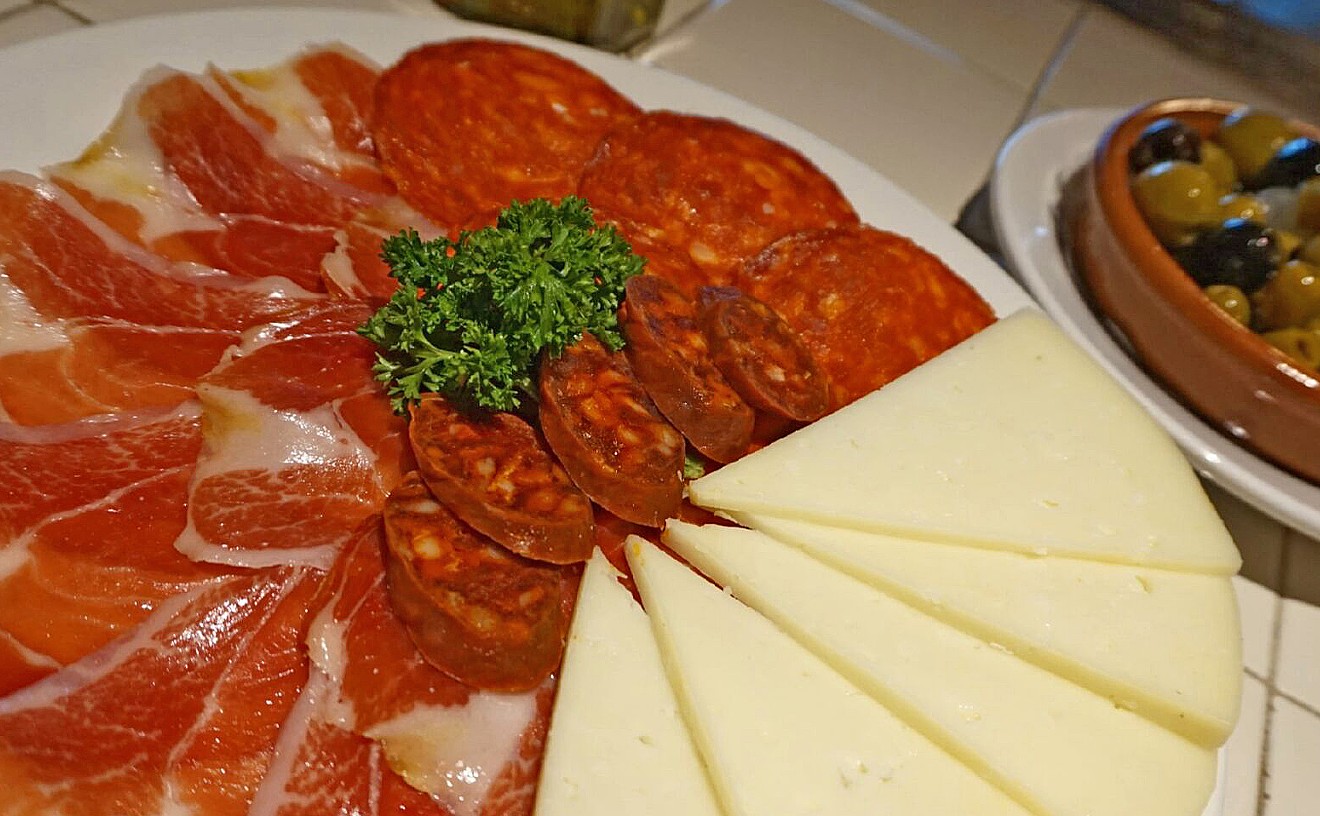
You would never guess that Miami's best tapas restaurant is located in one of its most oft-forgotten culinary neighborhoods. But this nearly 20-year-old restaurant, sandwiched between Goodwill and Tony's Banquet Hall in a nondescript Hialeah shopping center, is Miami's Spanish crown jewel. At La Taberna de Ignacio, a no-frills, dimly lit, cavernous den frequented by old Cuban families, patrons like to start with aceitunas alineadas ($3.95), an unusually diverse medley of olives lightly dressed and sprinkled with chili flakes, before moving on to the pulpo a la gallega ($11.95), the ultimate test of a tried-and-true tapas bar. Ignacio's octopus is served piping-hot — perfectly tender, lightly boiled, and drenched in extra-virgin cold-pressed olive oil smothered with paprika and coarse sea salt. If you're in the mood for something heartier, La Taberna de Ignacio offers an array of traditional Sevillian dishes, including a seafood paella for two ($18.95 per person). Wash it all down with a $25 bottle of house rioja. Hours aredaily from 11 a.m. to 10 p.m.
- 1800 W. 68th St., Hialeah, 33014 Map
- 305-820-1091
- latabernadeignacio.com
Best Pho
Basilic Vietnamese
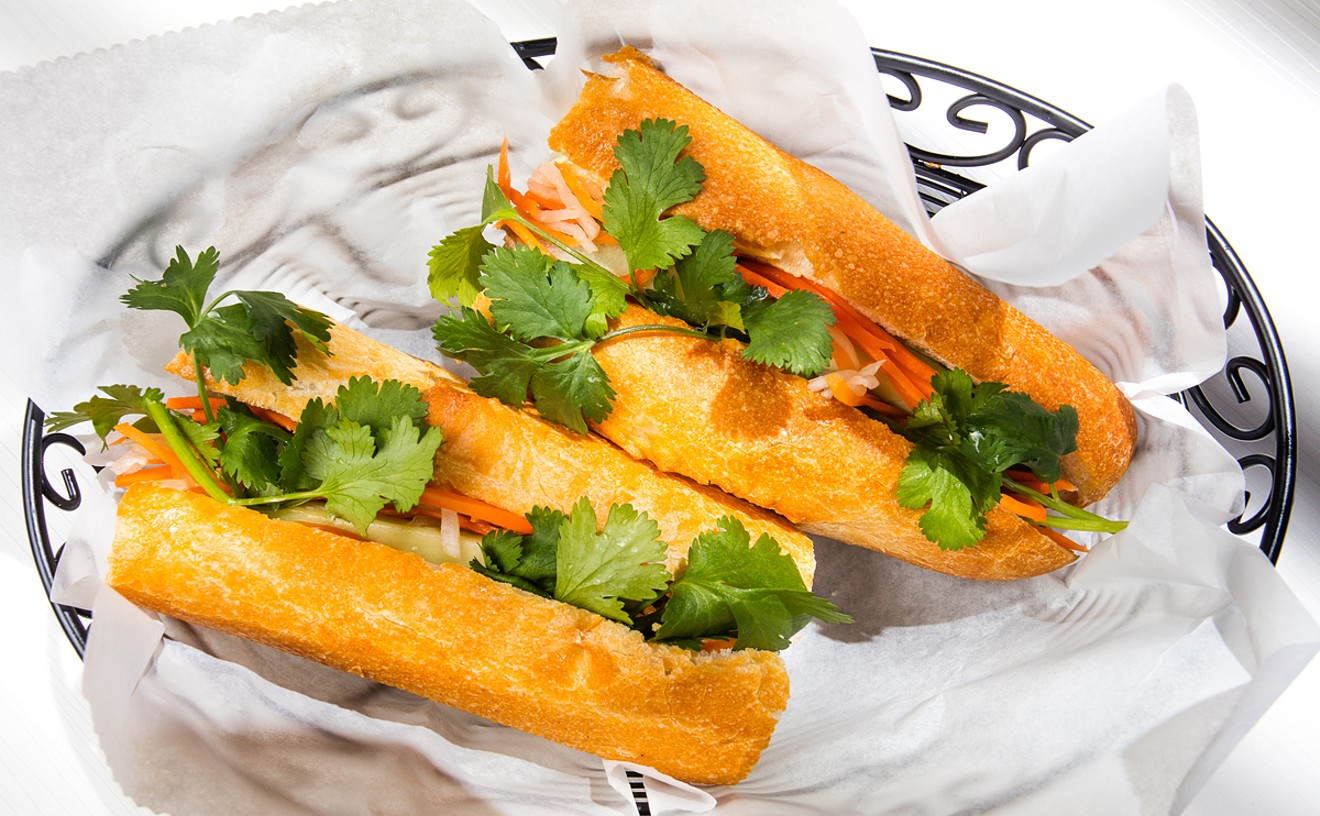
It's difficult to find a bad bowl of pho. Many restaurants make the steaming-hot soup well, but few take advantage of its full potential. Basilic Vietnamese Grill is definitely one of the select restaurants doing authentic pho in an authentic way. It begins with a complex and tasteful broth that sets the tone. Deep flavors circle your taste buds as your lips and teeth dive into perfectly cooked noodles and meats of your choice. You can get chicken, beef, seafood, oxtail, and duck. Thinly sliced onions, bean sprouts, and other vegetables are piled high in Basilic's oversize bowls. Each ingredient plays a role, and all complement one another. Together, they form the most satisfying bowl of pho in Miami-Dade. Prices range from $10.50 to $16.
- 14734 Biscayne Blvd., North Miami Beach, 33181 Map
- 305-944-0577
- basilicvietnamesegrill.getsauce.com
Best Sushi
Myumi
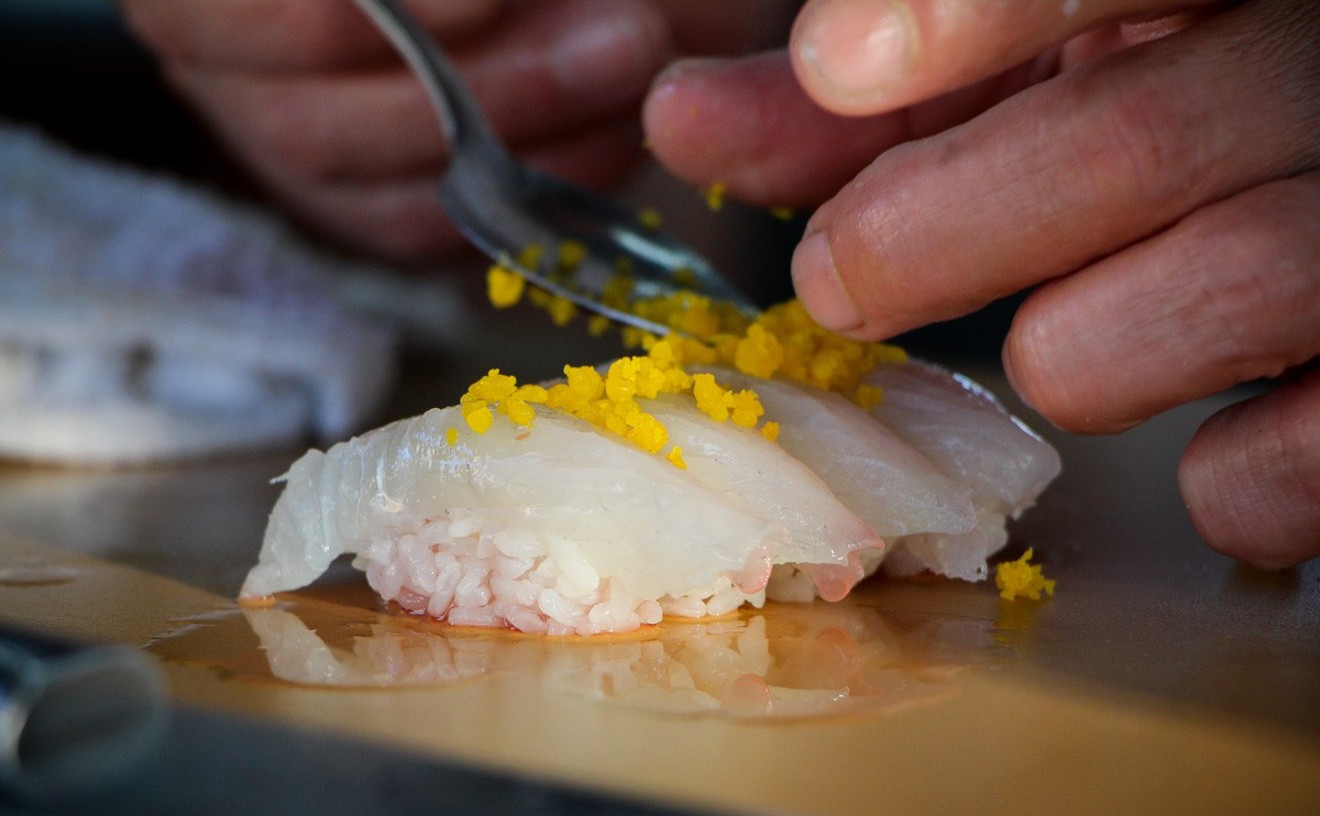
The words "sushi" and "food truck" don't seem to fit together well, but they sure do at Myumi. That's because sushi master Ryo Kato handpicks only the freshest fish daily, and serves it omakase-style, meaning chef's selection. Diners only get to choose their beverage and if they would like eight or 12 courses ($40 or $60). There are no faux-crab rolls here, simply pristine seafood on a bed of rice. And speaking of rice: Kato trained under Kazuo Yoshida from Brooklyn sushi spot 1 or 8, and it took the young toque a year to receive his master's approval of his rice. Dinner here lasts an hour, and there are only six barstools along the truck's counter, so prepare to get well acquainted with your seatmates. There's also a chance you may leave Myumi slightly hungry, but good news is the owners plan to open a brick-and-mortar location in the very near future and will offer a more extensive menu. It can't come soon enough.
Readers' choice: Pubbelly Sushi
- 56 NW 29th St., Miami, 33127 Map
- myumifoods.com
Best Ceviche
Coya

At Coya, the stunning Peruvian spot from Zuma restaurateur Arjun Waney, there's an entire ceviche bar. Diners can grab a seat at the counter and marvel as the chefs make tiraditos, sushi, and, of course, ceviche. There are seven varieties of ceviche at Coya, including one with sea bass, slivers of red onion, sweet potato, and crunchy white corn. The base is a deliciously pungent leche de tigre, or tiger's milk, the Peruvian term for the citrus-based marinade used to cure the seafood in a ceviche. Called the clásico, it's perhaps the most Peruvian dish on the menu, and the pairing of sweet and acidic flavors is flawless. There's also a Chinese-inspired yellowfin tuna ceviche in soy sauce with sesame seeds and a rice cracker. Nothing cutting-edge here, but this raw dish is fresh and vivid. Running the kitchen is Sanjay Dwivedi, a chef whose London restaurant, Zaika, in 2001 became the first Indian eatery to earn a Michelin star. Dwivedi says the best way to experience Coya is via its $95 tasting menu, offering a half-dozen courses. Otherwise, ceviches and small plates average around $12, while main courses are in the $30 range. Gourmet food — especially raw fish — doesn't come cheap, but Coya's fare is well worth the price.
Readers' choice: Cvi.che 105
- 999 Brickell Ave., Miami, 33131 Map
- 305-415-9990
- www.coyarestaurant.com/miami
Best Raw Bar
Garcia's Seafood Grille & Fish Market
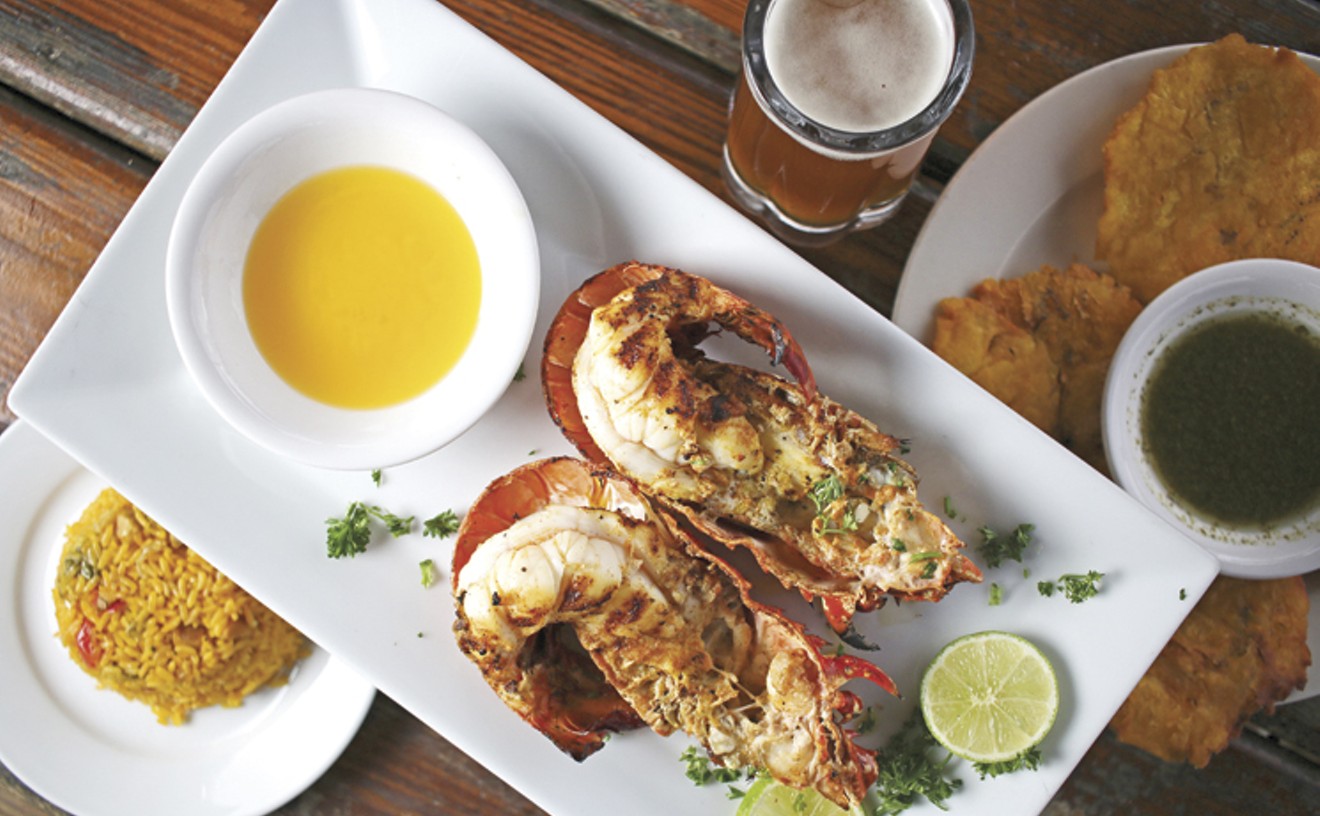
Garcia's is that quintessential Miami place where almost every Cuban can claim six degrees of separation: Maybe your dad used to sell his weekend Bimini catch to its picky owners, or your cousin David got on his feet as a waiter after landing in Miami from Havana. Garcia's is such a Miami institution that even the staunchest of developers wouldn't dream of tearing it down. The Miami River Landing is completely revitalizing the area around Garcia's historic riverside location, but this seafood restaurant and raw bar is here to stay. For more than 40 years, Garcia's has served the freshest local seafood at reasonable prices — even the stone crab is often served slightly below market value. From high-end to low-key, traditional favorites such as conch fritters ($6.95) and fried dolphin fingers ($10.95) are served alongside chilled oysters ($10.95/dozen), buttery shrimp cocktail ($7.95), and stone crabs (MP). Best of all, Garcia's famous fish dip is always a crowd pleaser, and it's free with your meal. Open 11 a.m. to 10 p.m. Monday through Thursday, 11 a.m. to 11 p.m. Friday and Saturday, and 11 a.m. to 9 p.m. Sunday.
- 398 NW North River Dr., Miami, 33128 Map
- 305-375-0765
- garciasmiami.com
Best Seafood Market
Captain Jim's Seafood Market Restaurant
When Captain Jim's Seafood Market Restaurant opened in 1995, only in-the-know locals flocked to the West Dixie Highway storefront for wholesale prices on fresh seafood selections from South Florida waters. Years later, the tide continues to roll into this North Miami mainstay. You can dine in on rotating daily catches that are filleted, fried, grilled, or broiled. Or you can cook a boat-to-table meal. Captain Jim's expert chefs and staff gladly offer tips and tricks on preparation. So take your time perusing freshly shucked oysters, stacked kingfish ($8.99), yellowtail snapper ($9.99), mahi-mahi ($9.99), and tuna ($21.99). It's all sold by the pound. But the main draw is the mouthwatering stone crabs (MP) that you can dip, drench in melted butter, or slather with Captain Jim's signature mustard sauce.
Best Farmers' Market
Upper Eastside Farmers' Market
You don't take a shopping list to a proper farmers' market. You take your dog, your kids, or a cup of coffee. Why? Because at a proper farmers' market, the farmers — those all-too-rare souls whose sweat and love till and coax magic from the land — are the ones who know what you'll eat. These are the folks you'll find every Saturday at the Upper Eastside Farmers' Market from 9 a.m. to 2 p.m. What might be Miami's smallest market includes some of the area's finest products. The good folks from the Urban Oasis Project are on one end, tempting you with purple mustard greens and plump plantains. Their table buckles under a massive foraged jackfruit that might've crushed some unlucky passerby had it not been plucked from its tree. Across the way is Little River Cooperative, where frisée, French breakfast radishes, and napa cabbage practically leap off the table and into your arms. Out of nowhere, the recipes begin creeping in. A few days and some salted shrimp will turn that cabbage to kimchee. Slivers of that jackfruit might go well with whatever fish looks nice at Casablanca. The market has become your shopping list, and life is about to get a lot better.
- 6447 NE 7th Ave., Miami, 33138 Map
- 305-795-1826
- miamigov.com/parks/park_legion.html
Best Supermarket
Whole Foods Market

There are those who love Whole Foods Market and those who hate it. But folks who think the latter simply don't know what they're missing. For example, Whole Foods makes some of the best wood-oven pizza around, and its prepared food buffet is impressive in terms of both scope and taste. Further, the supermarket chain is committed to teaming with artisans in every location to support local communities. Thus at various markets in the 305, you can find Zak the Baker bread, Jugofresh stores within a store, sushi made by Miami-based Sushi Maki, and a plethora of other local goods. And though prices here are certainly higher than those at conventional grocery stores, it's comforting to know Whole Foods won't sell anything that has artificial preservatives, colors, flavors, sweeteners, or hydrogenated fats. What's more, the company has an in-house product line called 365, which has a lower price point than most brand names. The employees are just friendlier at Whole Foods, and there's always ample outdoor seating for shoppers to enjoy their purchases.
- 299 SE Third St., Miami, 33131 Map
- 305-995-0600
- wholefoodsmarket.com/stores/downtownmiami


